Chess, as both an intellectual exercise and competitive sport, employs a rating system designed to estimate the strength and skill level of players. These ratings, essential for pairing players with comparable skills in tournaments and tracking player progress, vary depending on the organization and the specific rating system used. In this article, we will explore the intricacies of chess ratings, focusing primarily on the Elo system, and discuss other rating methods and their applications.
Introduction to the Elo Rating System
Developed by Arpad Elo, a Hungarian-American physics professor and chess enthusiast, the Elo rating system was originally devised to improve the accuracy of ranking chess players. Introduced in the mid-20th century, it has since become the standard rating system for chess federations around the world, including FIDE (Fédération Internationale des Échecs or World Chess Federation). The core principle behind the Elo system is that the ratings offer a statistical prediction of performance, where each player's rating adjusts based on the results of matches against other rated players.
How Elo Ratings are Calculated
The calculation of Elo ratings is based on a simple premise: if a player wins, their rating should increase, and if they lose, it should decrease. The amount of adjustment is determined by the difference in ratings between the player and their opponent, along with the expected result. For instance, if a lower-rated player wins against a higher-rated opponent, they will gain more points than if they won against a similarly rated or lower-rated opponent. Conversely, losing to a significantly lower-rated player will result in a greater loss of points.
The formula involves several factors:
- Score (S): A win counts as 1, a draw as 0.5, and a loss as 0.
- Expected score (E): Calculated based on the ratings of the two players before the game, this is the probability of the various outcomes (win, draw, loss).
- K-factor (K): This is a constant that determines the sensitivity of the rating system. A higher K-factor allows for more rapid changes in a player's rating, which is often used in cases where a player's skill level is improving rapidly or after a player has played only a few rated games.
The basic formula for updating a player’s rating is R'= R + K * (S - E), where R' is the new rating and R is the existing rating.
Variations of Elo Across Different Organizations and Sports
While the Elo system is predominant in chess, it has also been adapted for use in other sports and games, including eSports, American football, and basketball, each with modifications to suit the specific characteristics of the sport. For example, the World Football Elo Ratings consider factors such as goal difference, home advantage, and the importance of the match, which are irrelevant in chess.
Alternative Chess Rating Systems
Besides the Elo system, there are other rating systems in use. The Glicko rating system, for instance, developed by Professor Mark Glickman, includes a measure of rating reliability or rating deviation, which indicates the uncertainty of a player's rating. Another system, the Universal Rating System (URS), attempts to combine the results of various different types of chess, such as classical, rapid, and blitz, into a single comprehensive rating.
Implications of Chess Ratings
Chess ratings are more than just numbers; they shape who plays whom in tournaments, affect seeding, and provide insight into a player's improvement or decline in performance. They also carry psychological implications—some players may feel pressure or motivation due to their rating. Moreover, reaching certain rating milestones, such as 2500 in Elo, can confer titles like International Master or Grandmaster, which are significant accomplishments in a chess player's career.
In conclusion, chess ratings, particularly the Elo system, provide a fascinating and mathematical approach to measuring players' skill levels and enhancing the competitive structure of the game. These ratings continue to evolve as they adapt to new data and technological tools, illustrating not just the complexity of the game of chess but also the dynamic ways in which we understand and measure human skill and competition.
Explore our large collection of luxurious chess sets!


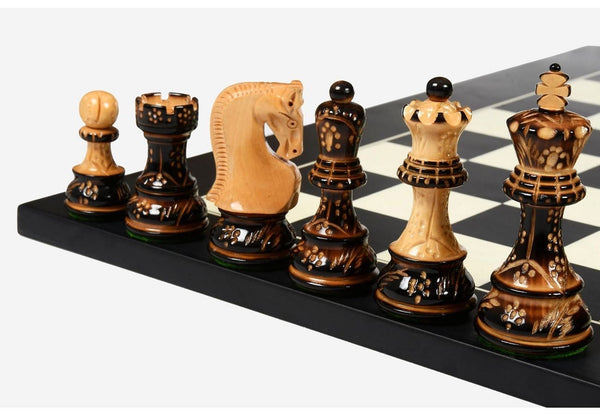
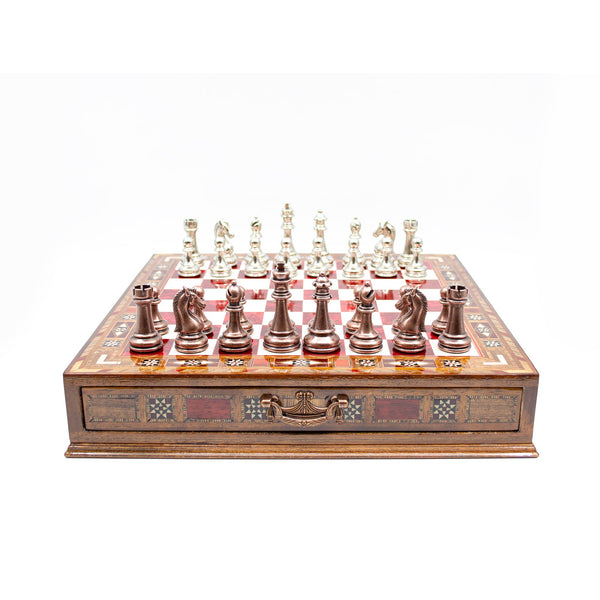
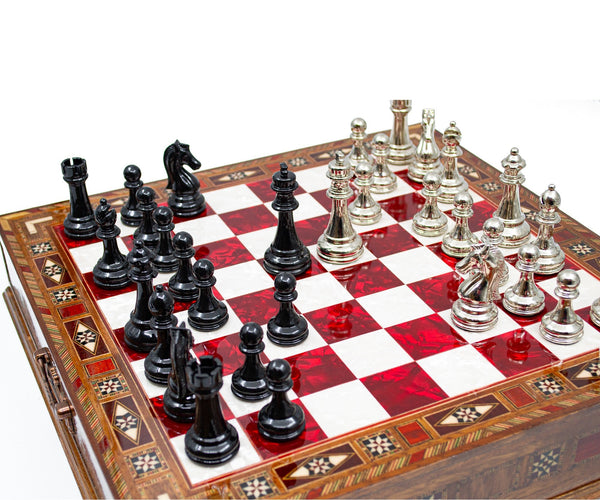
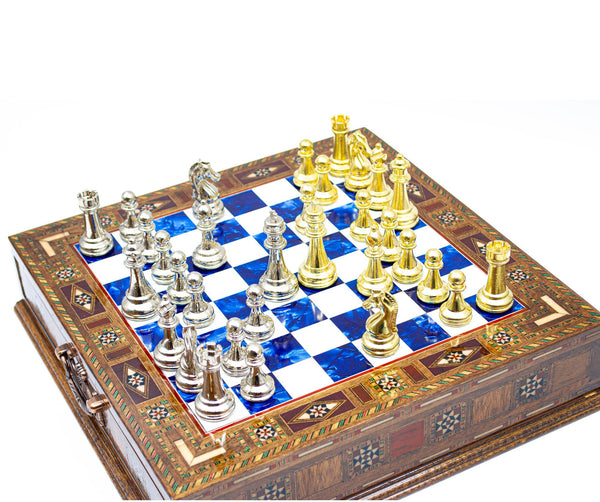
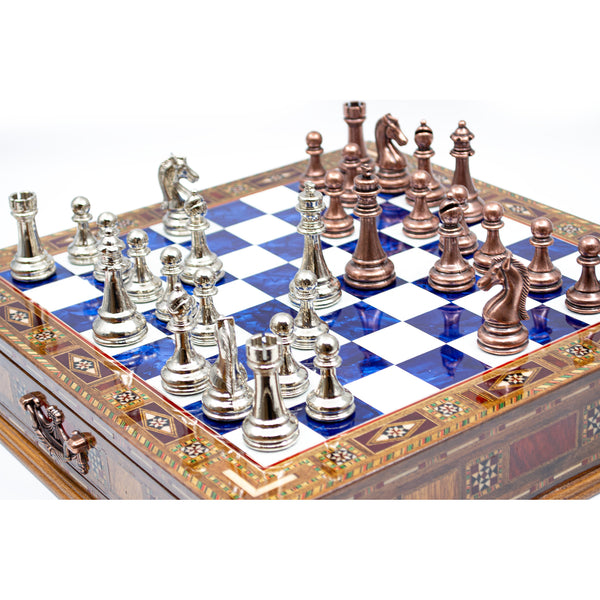








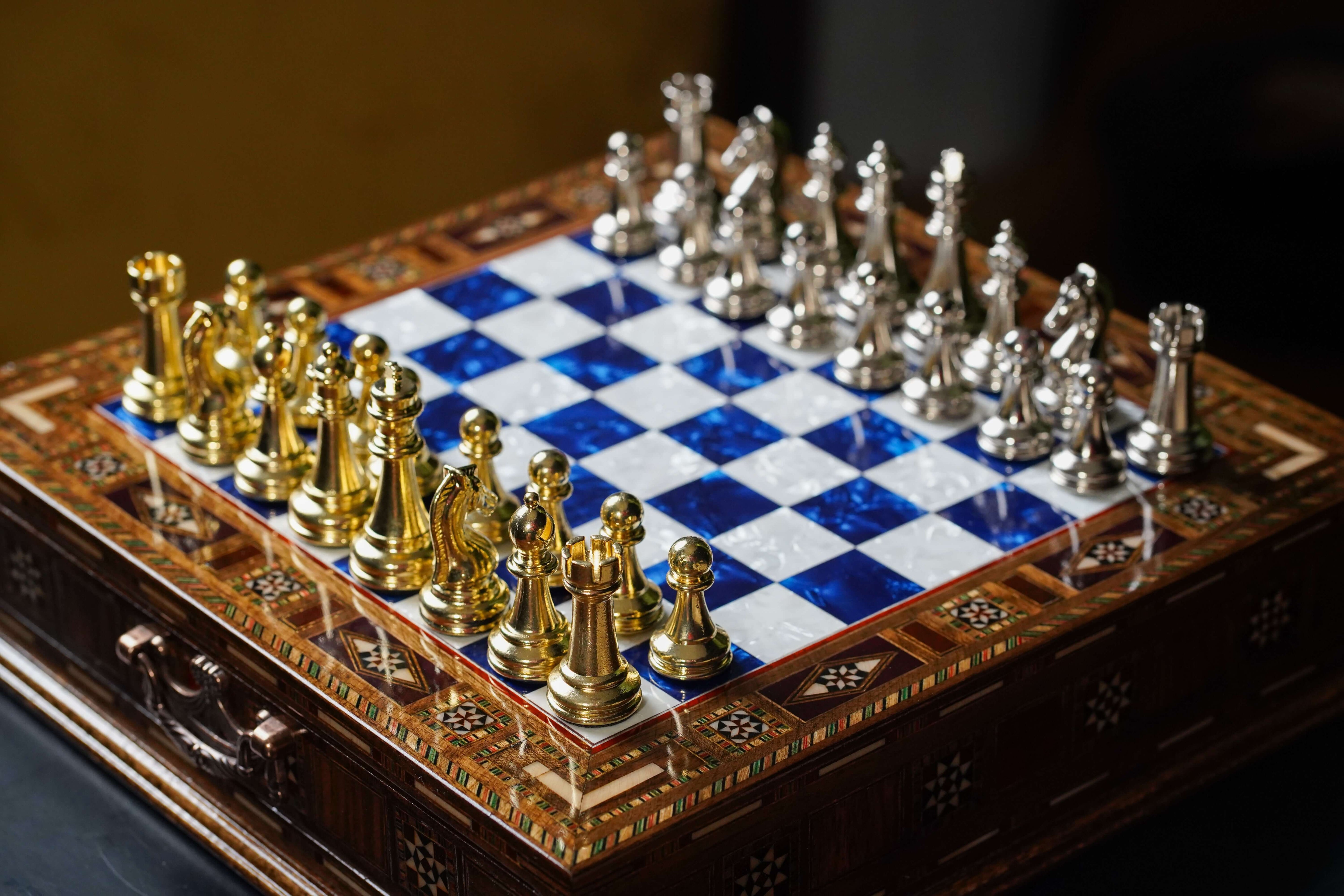


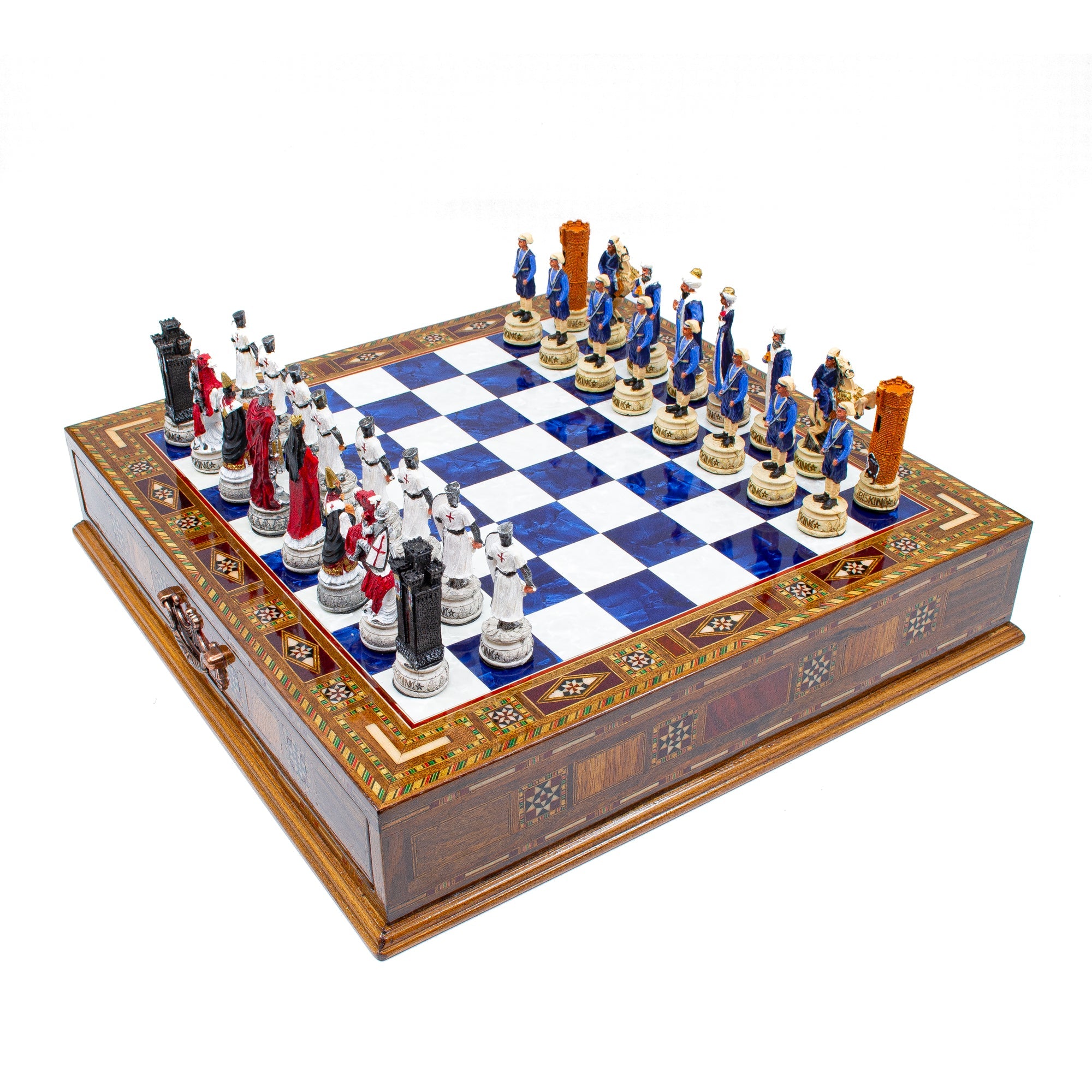
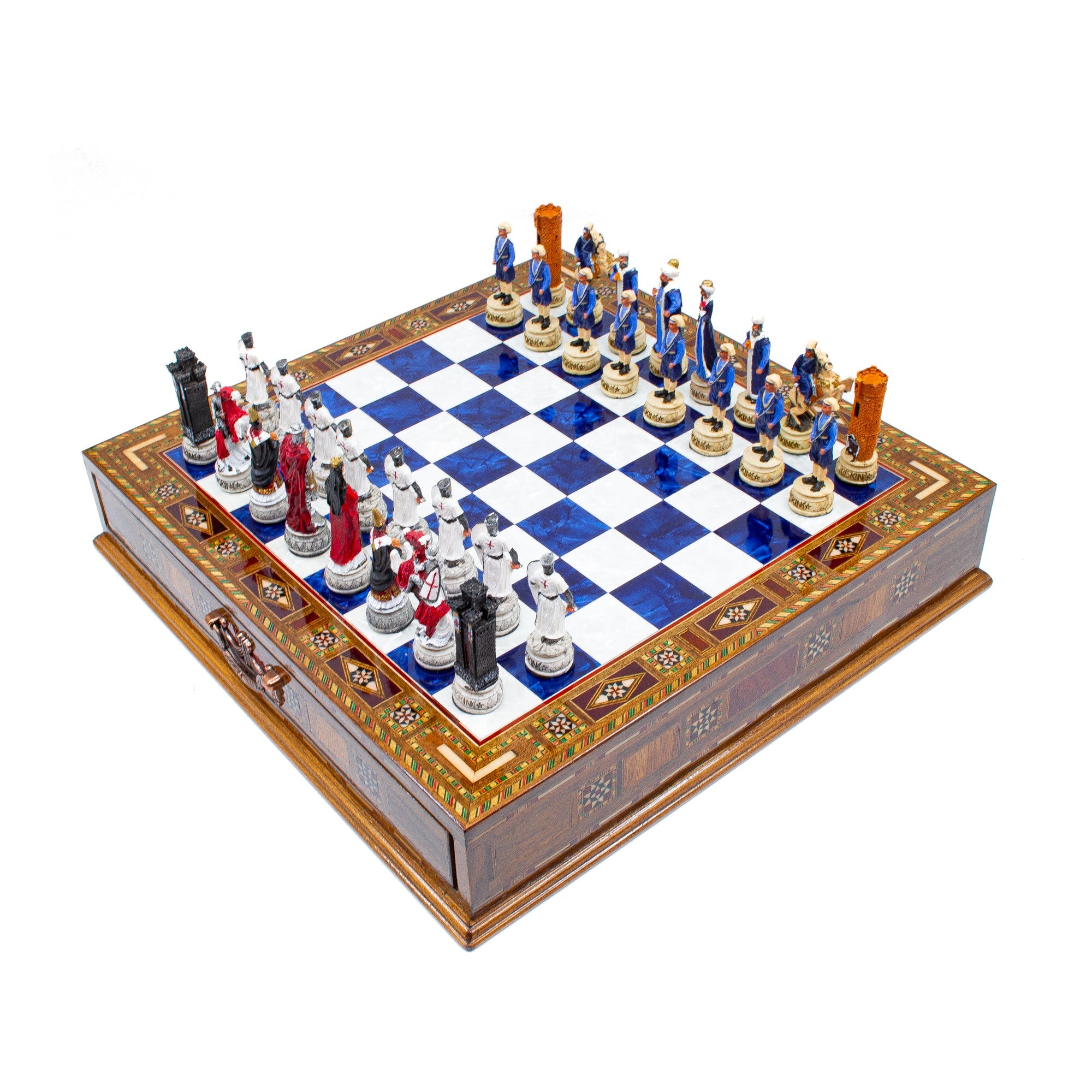
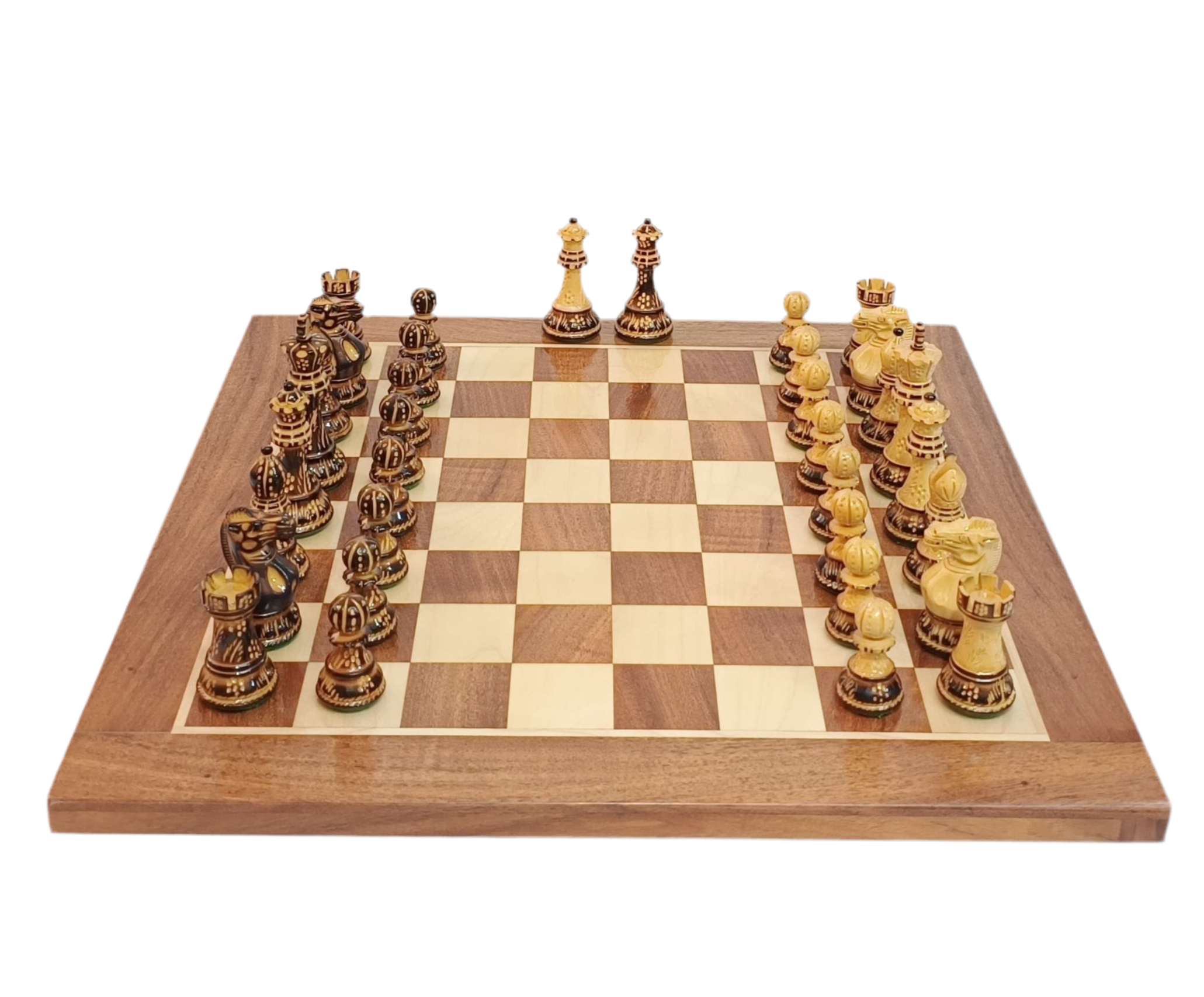
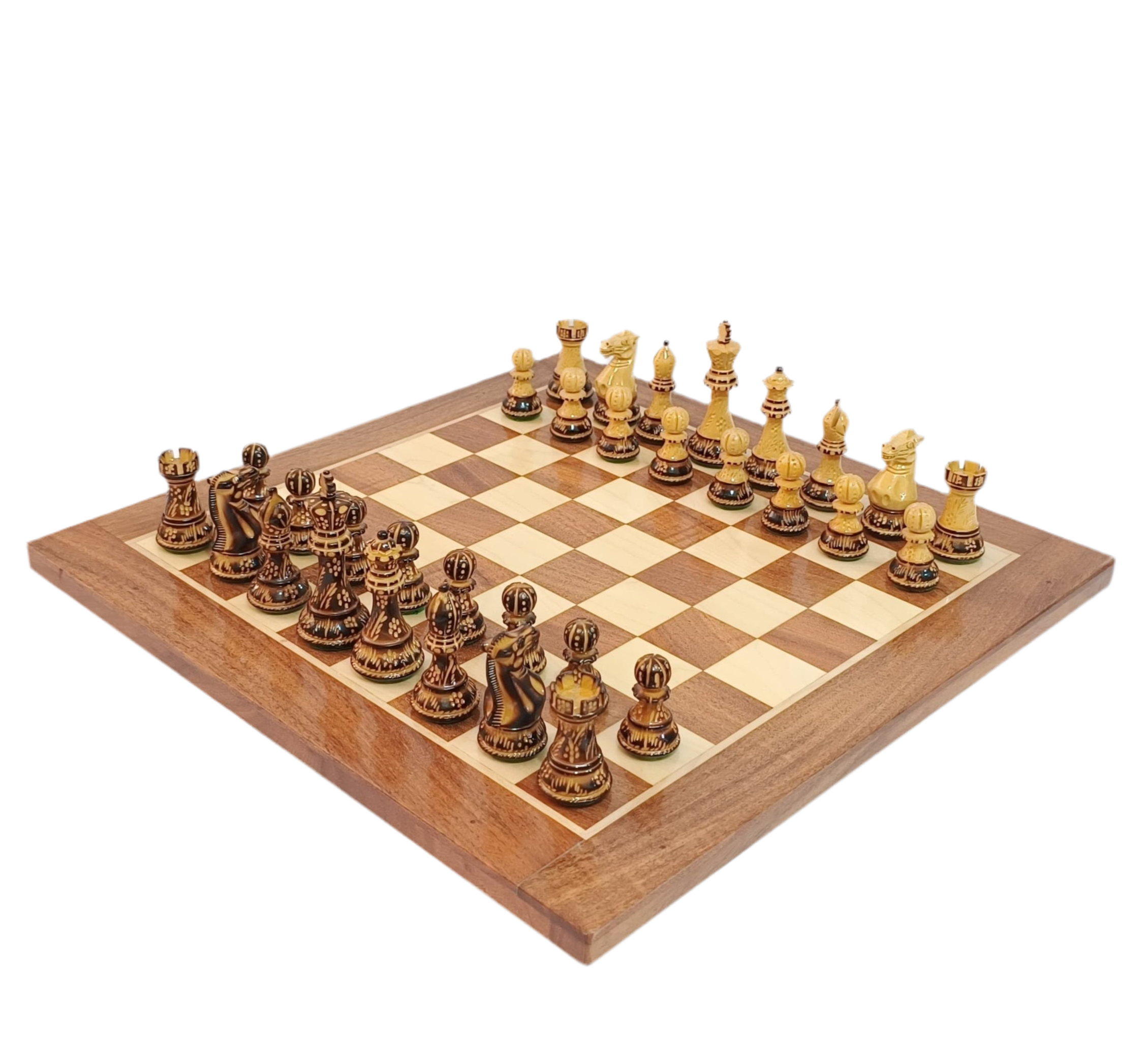

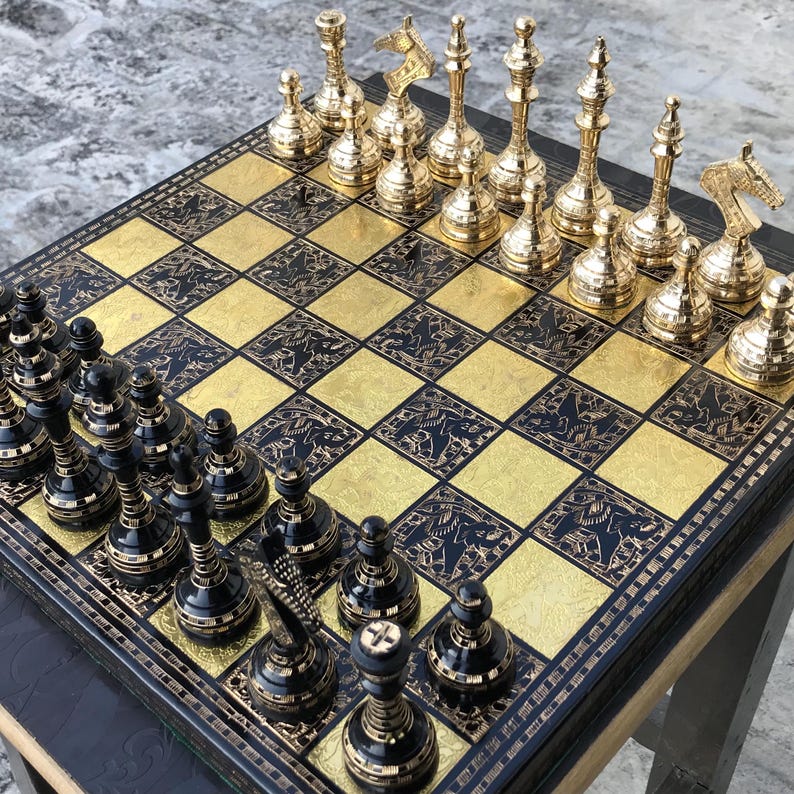


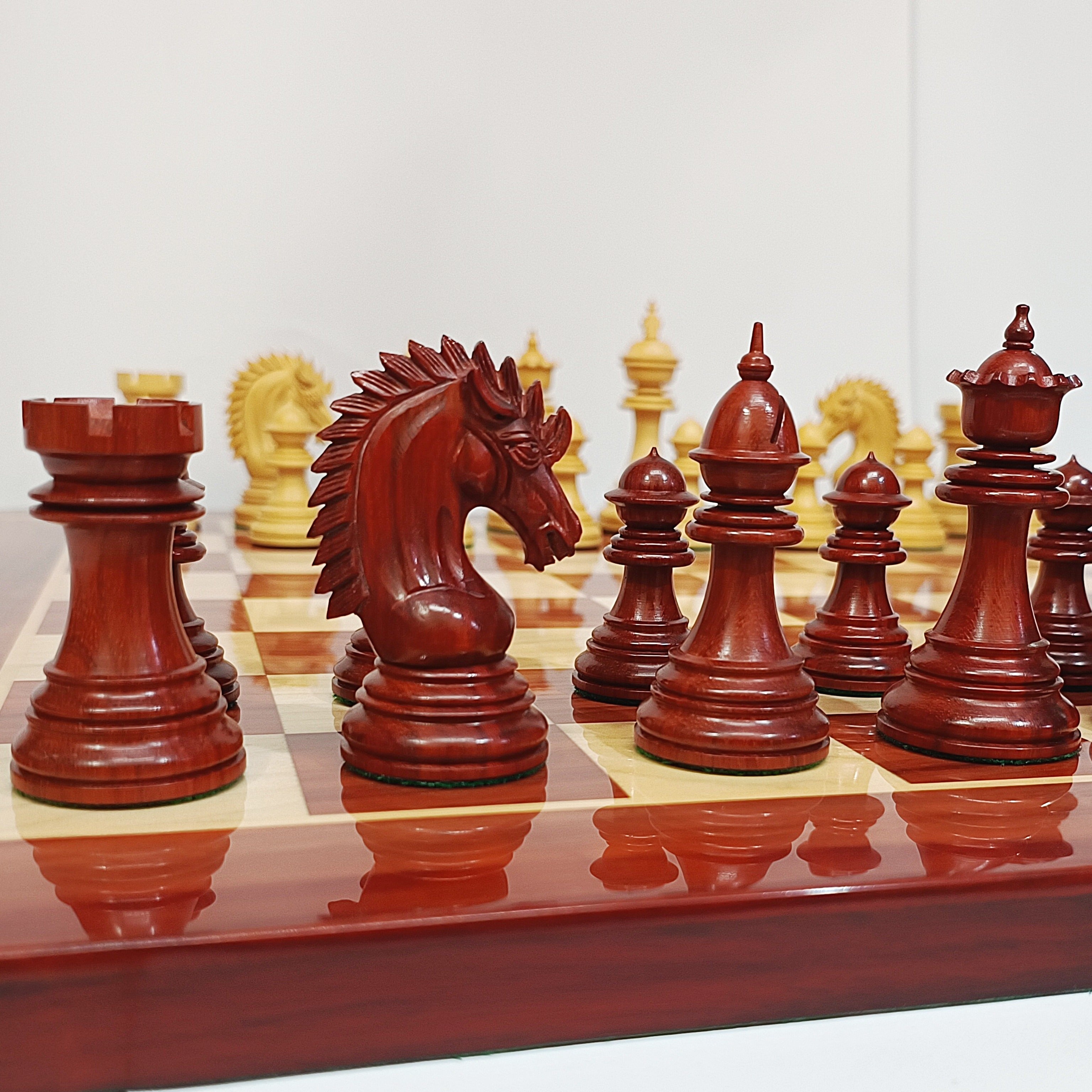
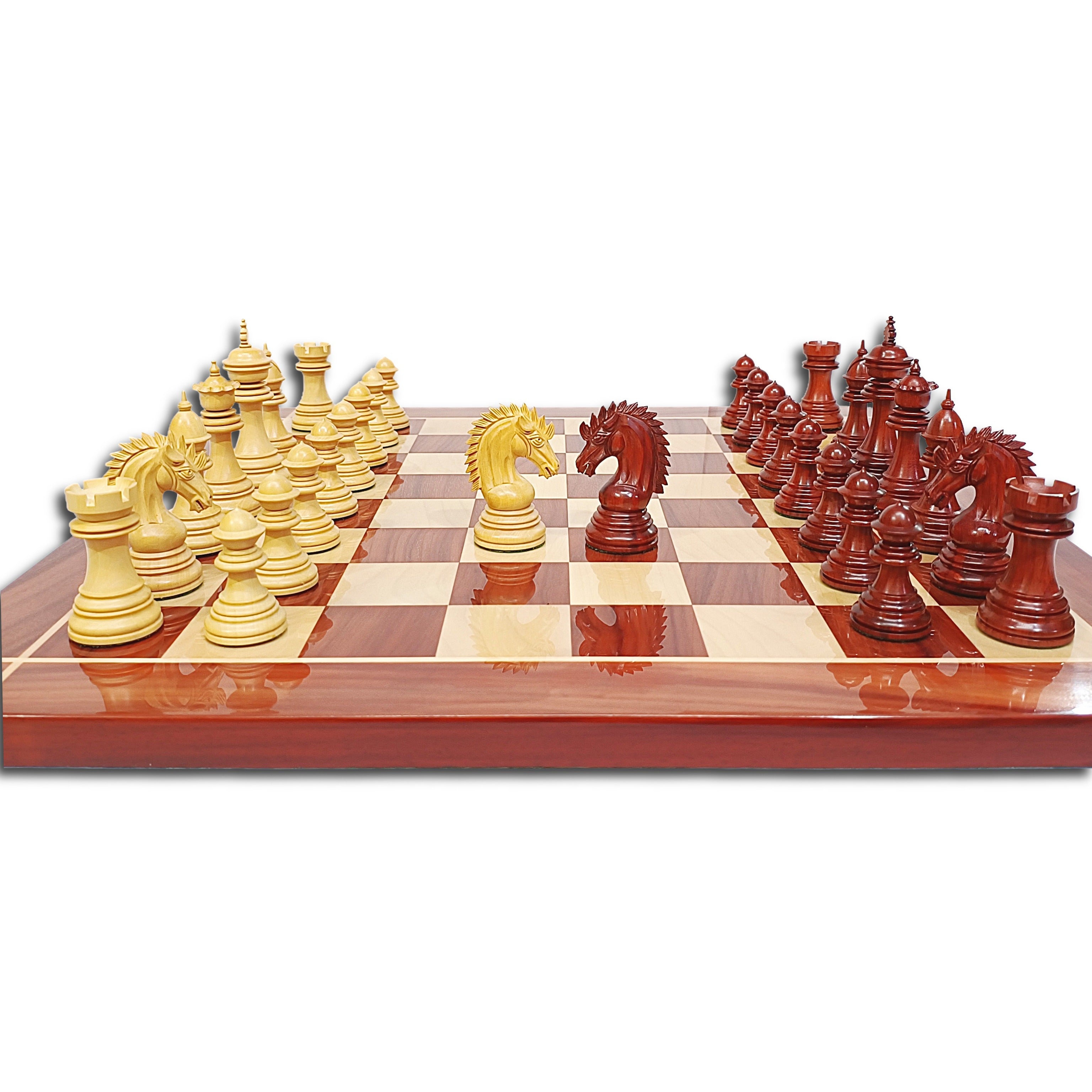

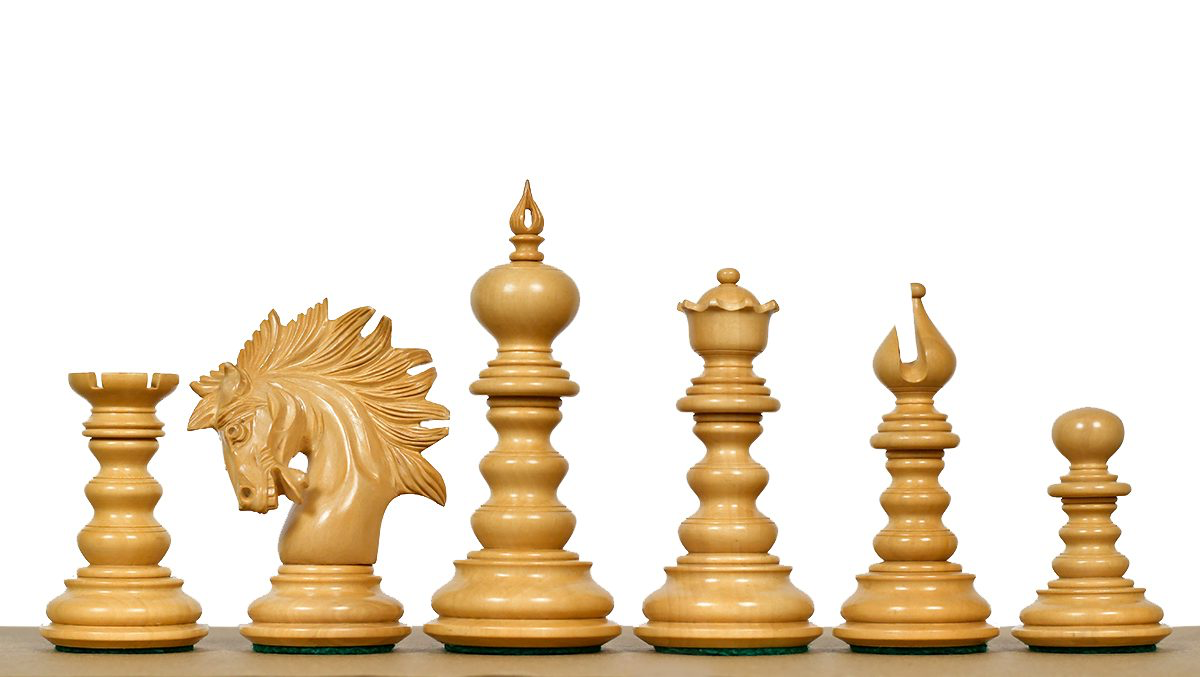
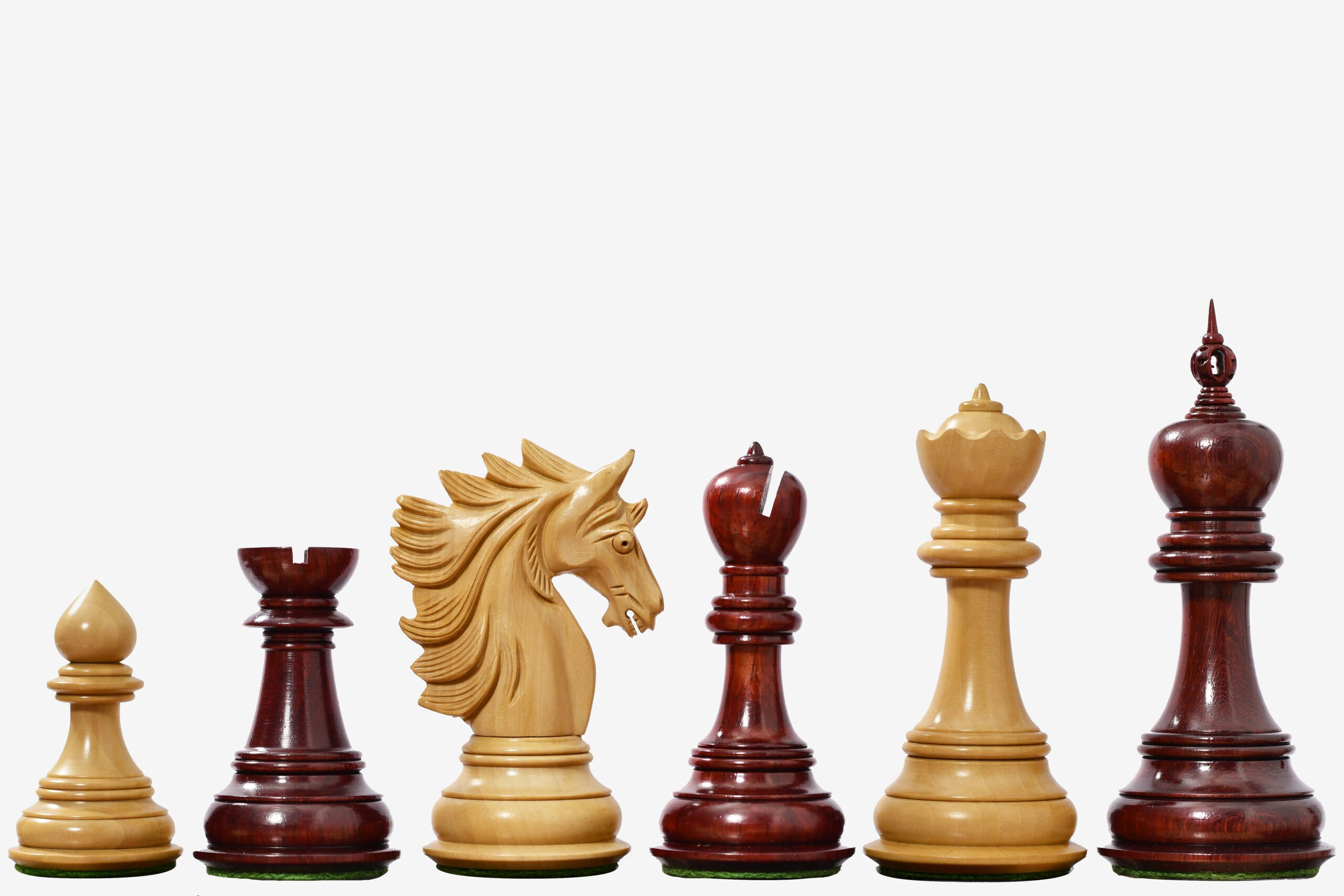
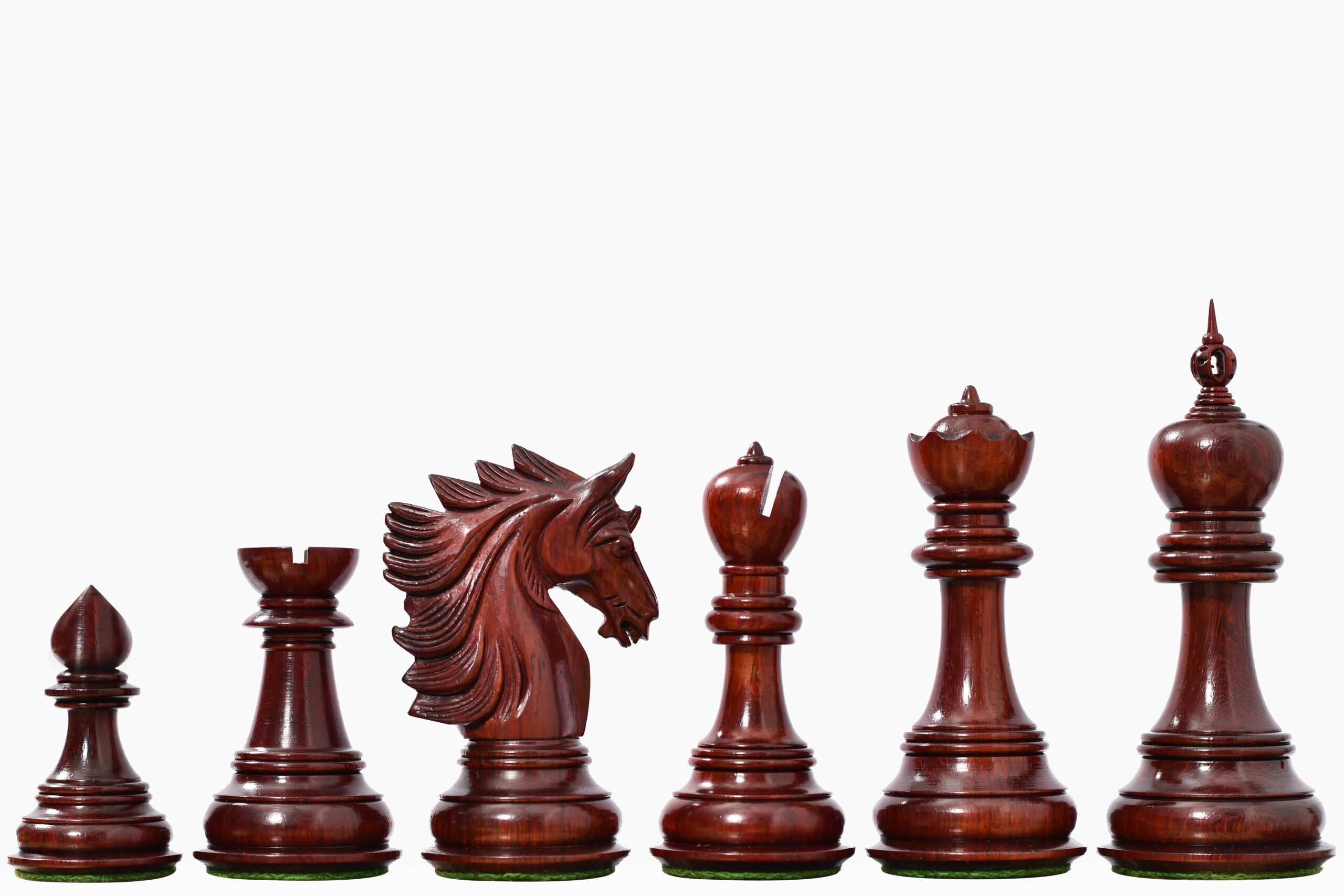
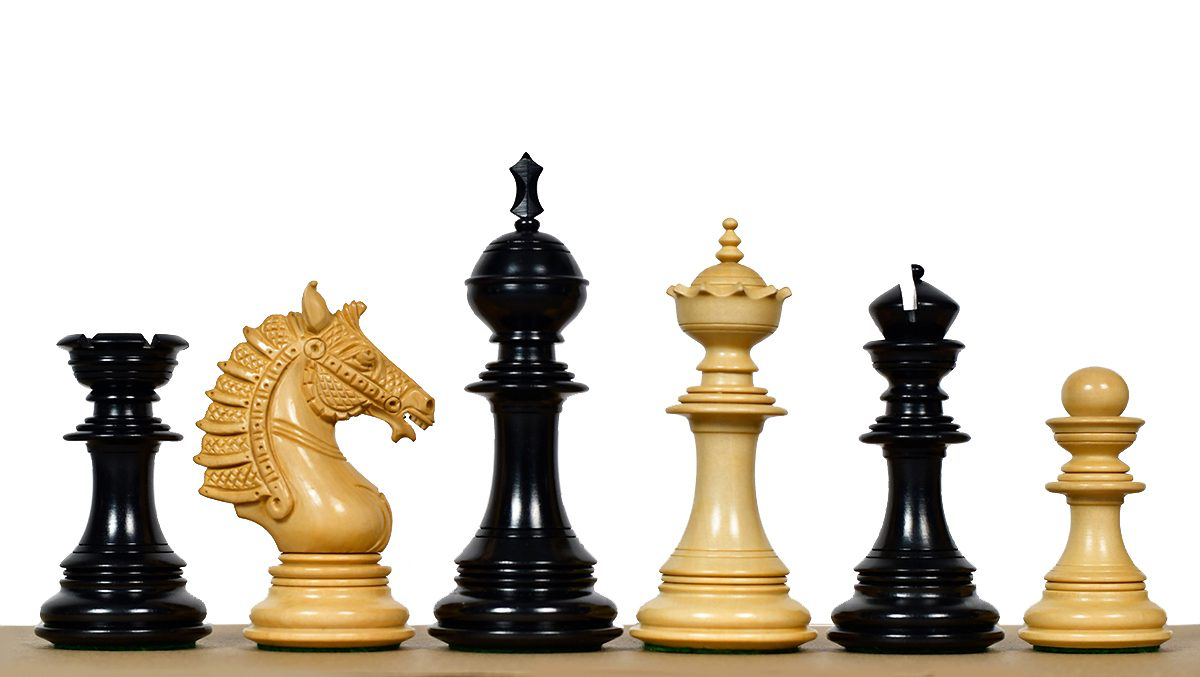
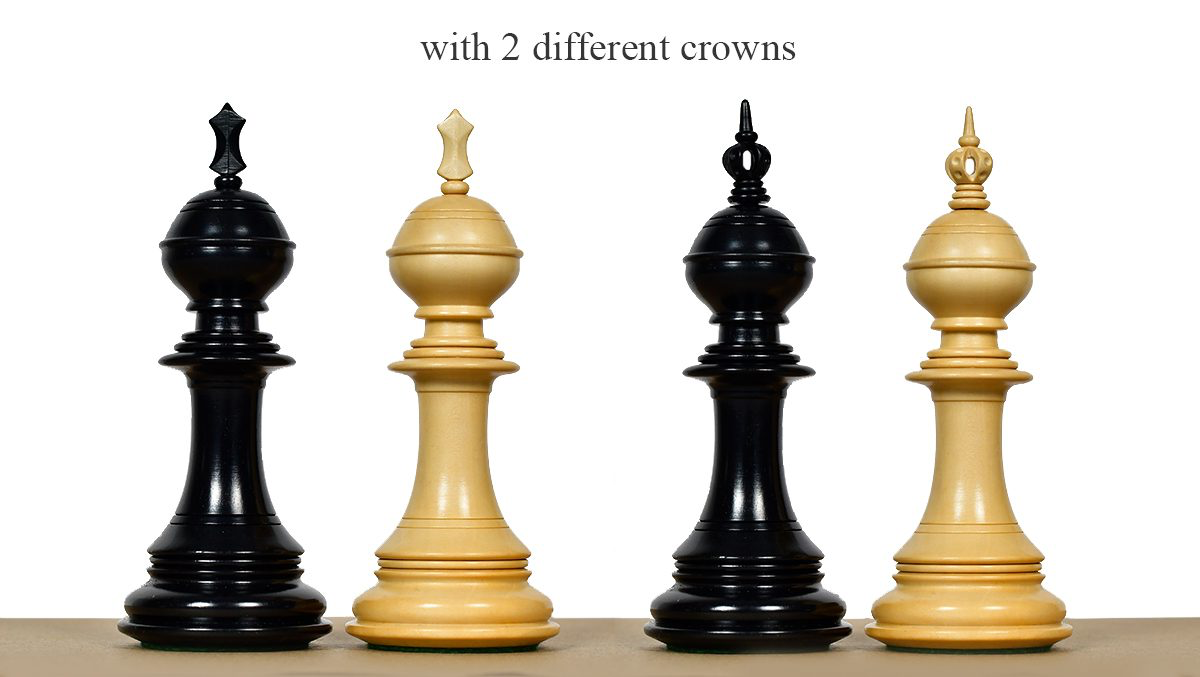
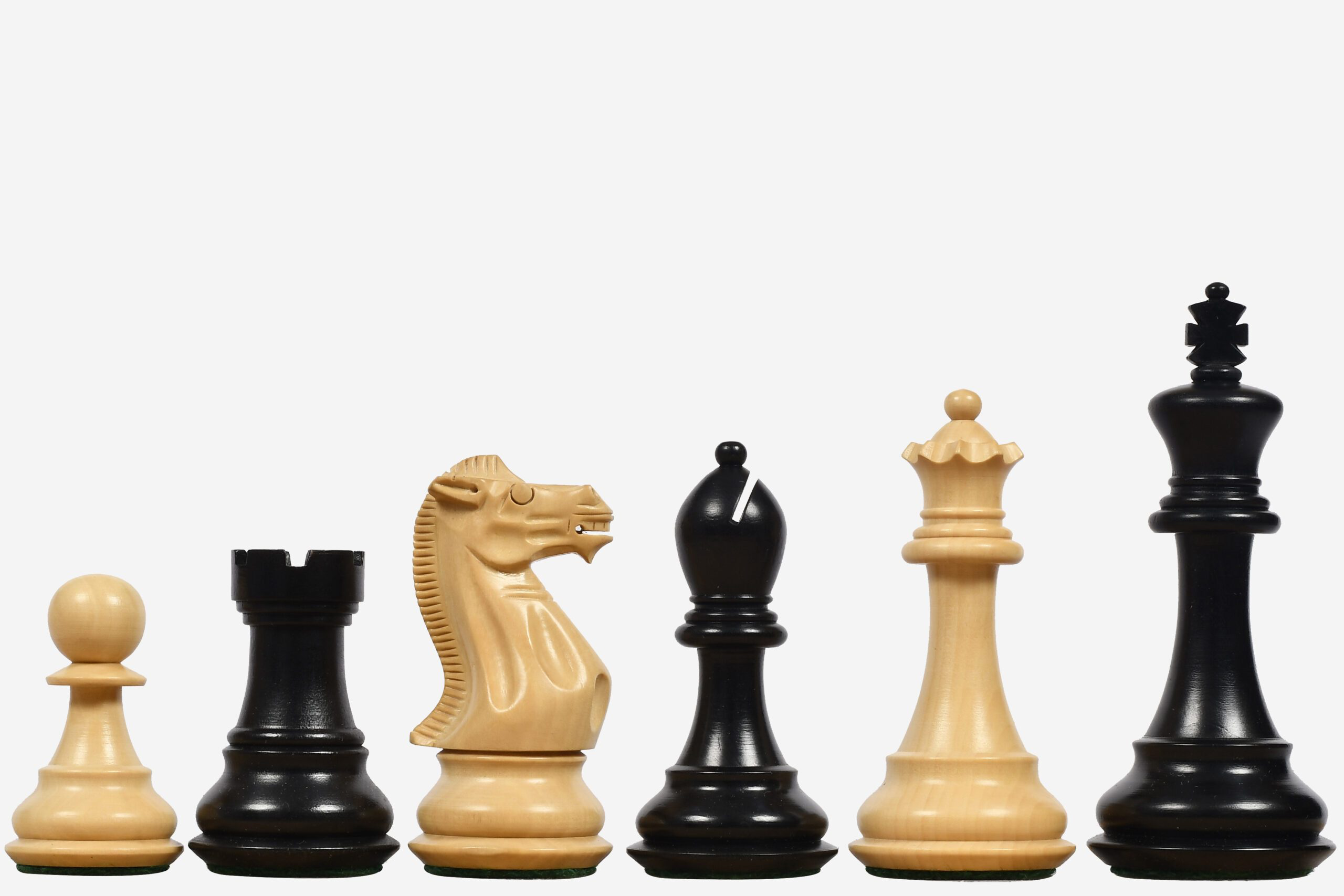
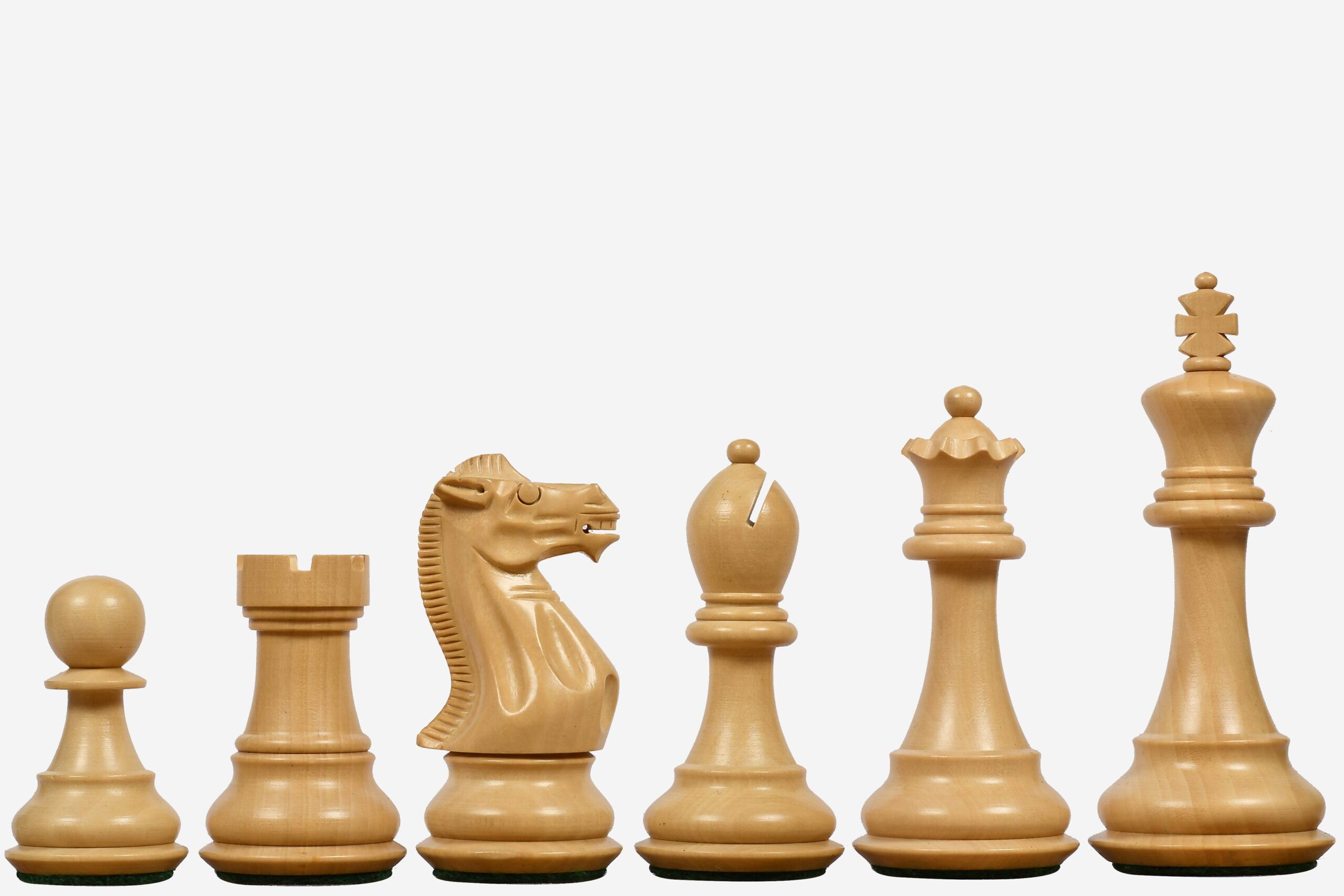
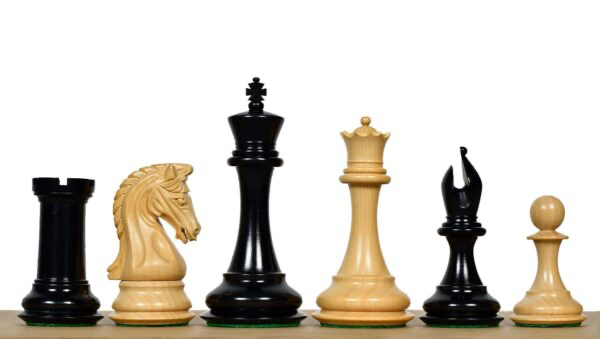
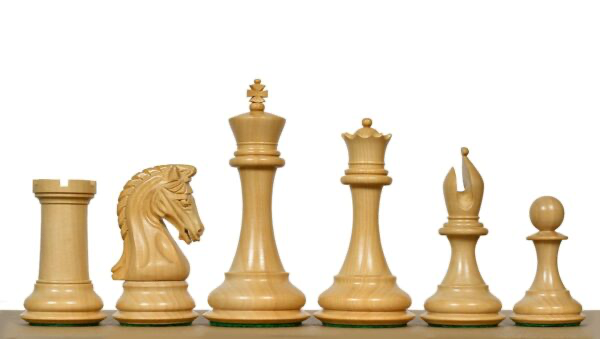
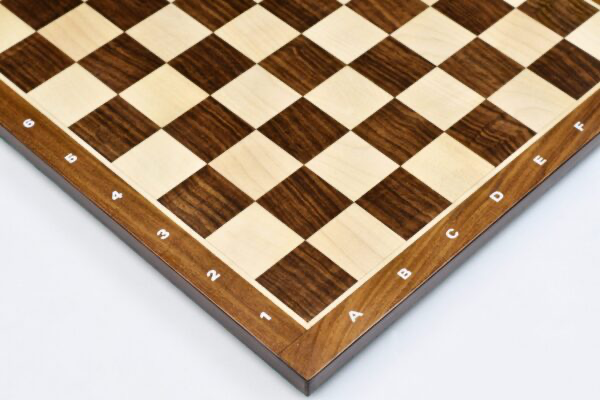
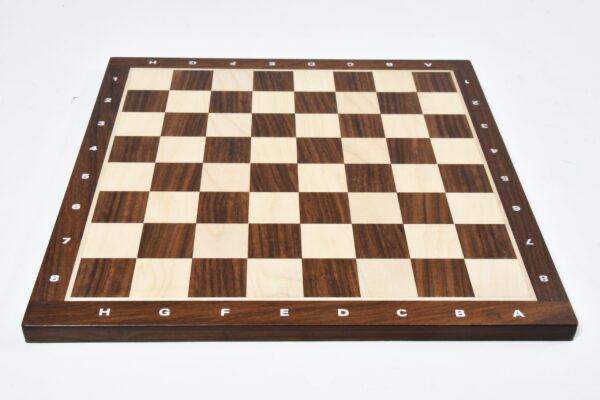
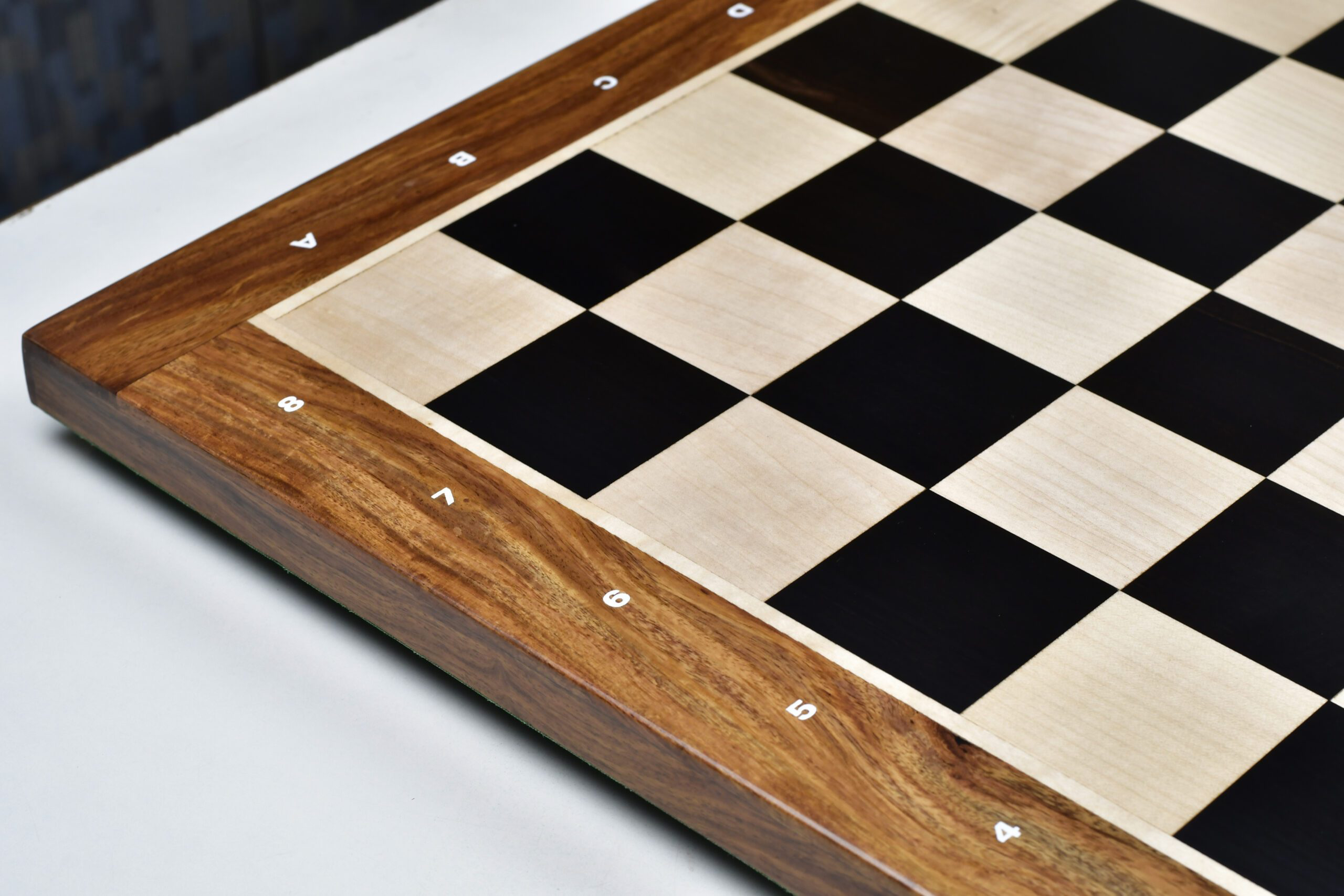
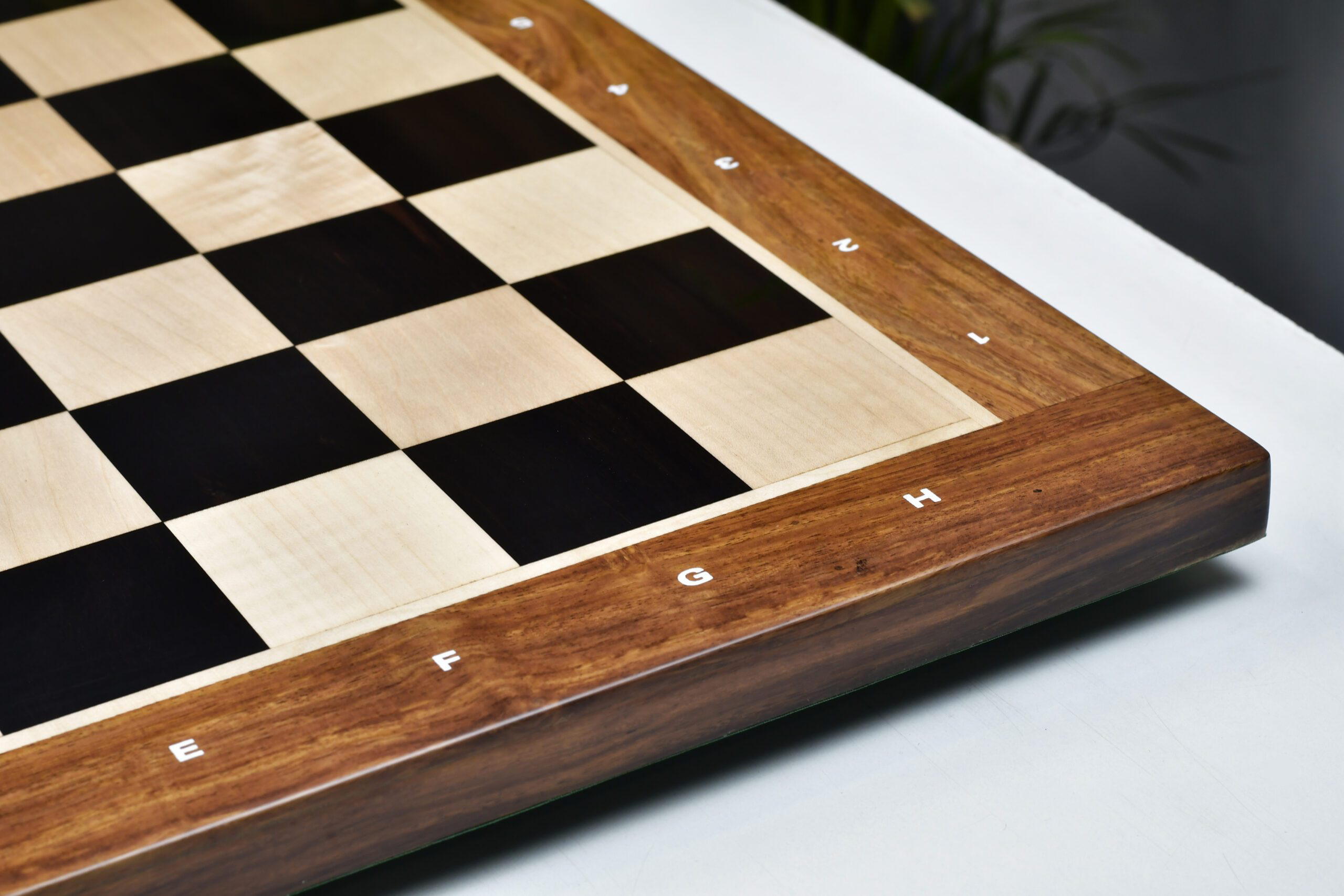


Leave a comment
All comments are moderated before being published.
This site is protected by hCaptcha and the hCaptcha Privacy Policy and Terms of Service apply.